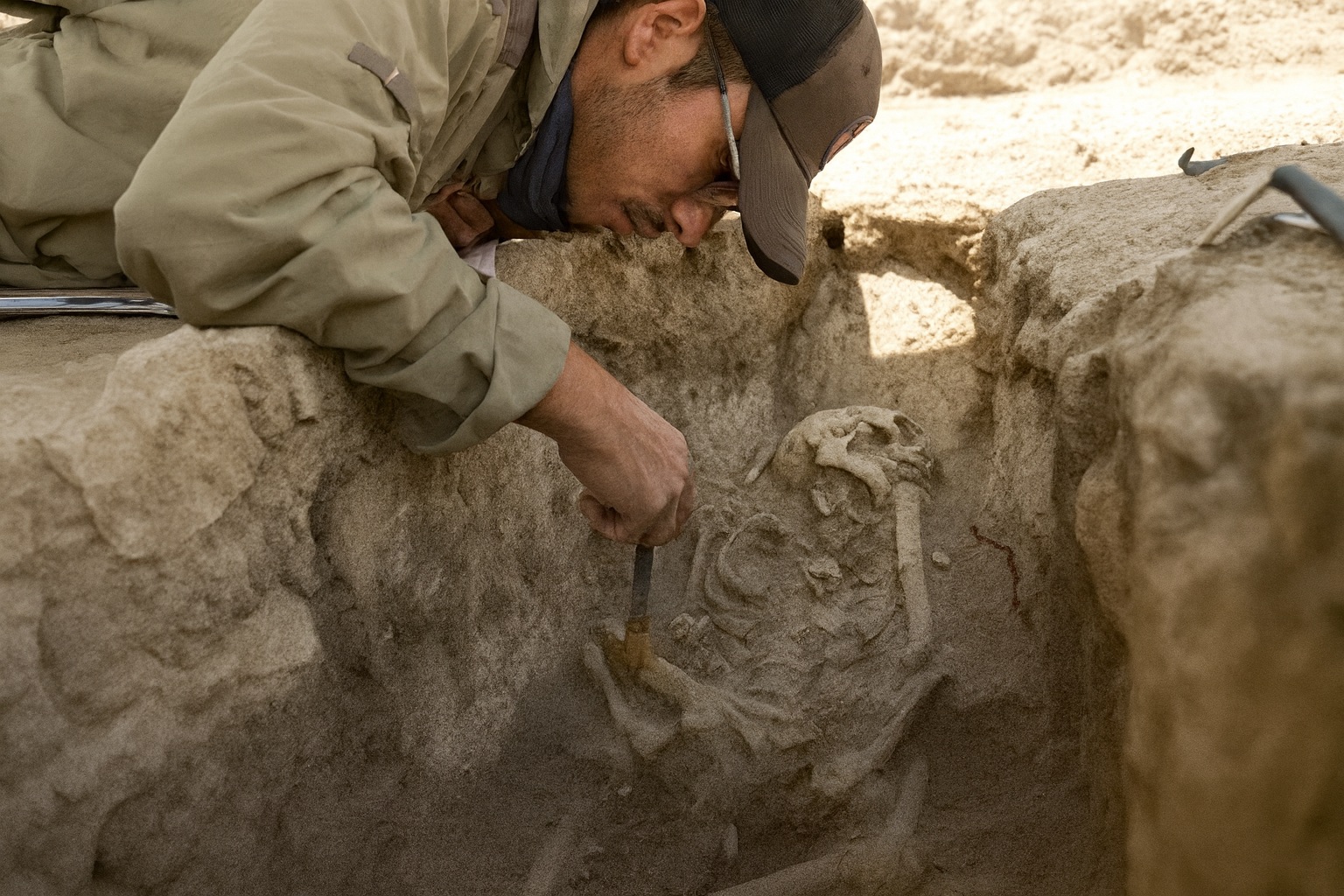Çatalhöyük is an ancient proto city from the Neolithic and Chalcolithic periods, located on the edge of the Konya Plain near the present-day city of Konya in Turkey.
The site consists of multiple urban centres (primarily Çatalhöyük East and Çatalhöyük West), with dense housing clusters situated on alluvial clay mounds built up during thousands of years of occupation.
Çatalhöyük emerged into a large egalitarian society with a population of between 3,000- 8,000 people. The settlement was composed of mud-brick square houses planned in a cellular agglomeration covering an area of 34 acres.
Each house was typically inhabited for around 80 years before being systematically dismantled. All portable objects were removed, and the mud-brick and mortar from the walls were carefully broken down.
The debris was then crushed and repurposed to create a solid foundation for a new dwelling. Over time, this cycle of construction and reconstruction built up substantial alluvial clay mounds, within which archaeologists have identified no fewer than eighteen distinct layers of settlement.
In recent excavations led by Prof. Dr. Arkadiusz Marciniak of the Institute of Prehistory at Poznań University in Poland, archaeologists have identified a ritual building in a cluster of structures arranged around a courtyard.
Unlike typical houses at Çatalhöyük, the building in the cluster appears to have no domestic layers, which archaeologists have dubbed the “House of the Dead”.
Beneath its floor, archaeologists found the carefully deposited remains of 20 individuals. Evidence indicates that these people likely died elsewhere before being ceremonially transferred to the structure for burial.
This practice points to the building’s role as a mortuary space rather than a living dwelling, offering new insights into Neolithic funerary traditions.
Header Image Credit : Poznań University
Sources : Poznań University





